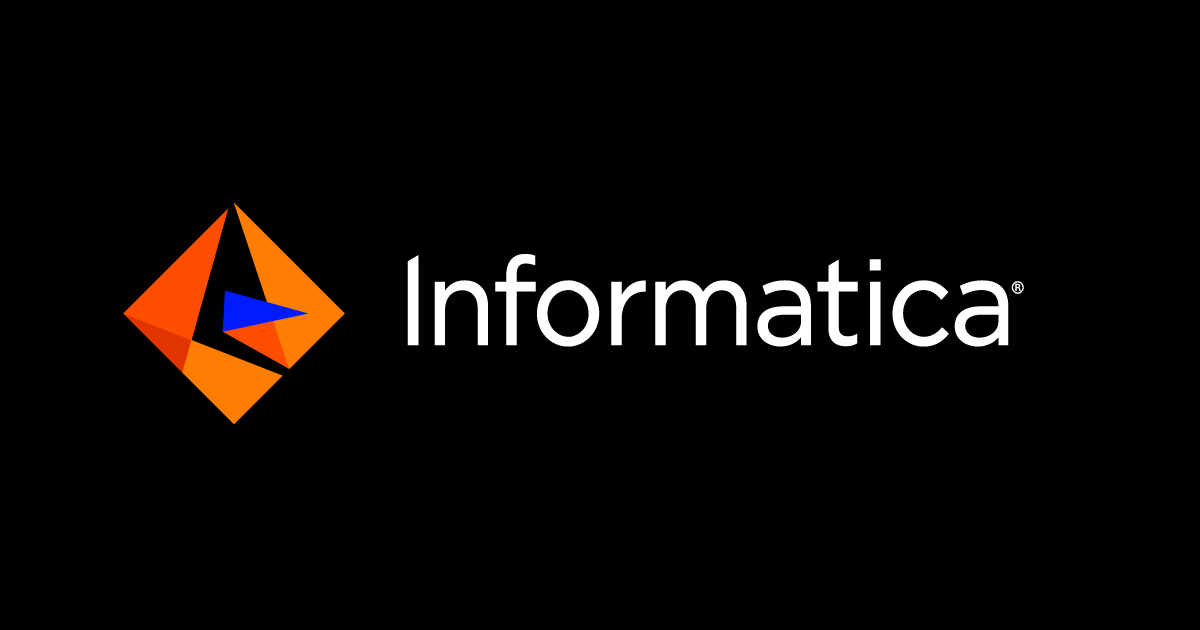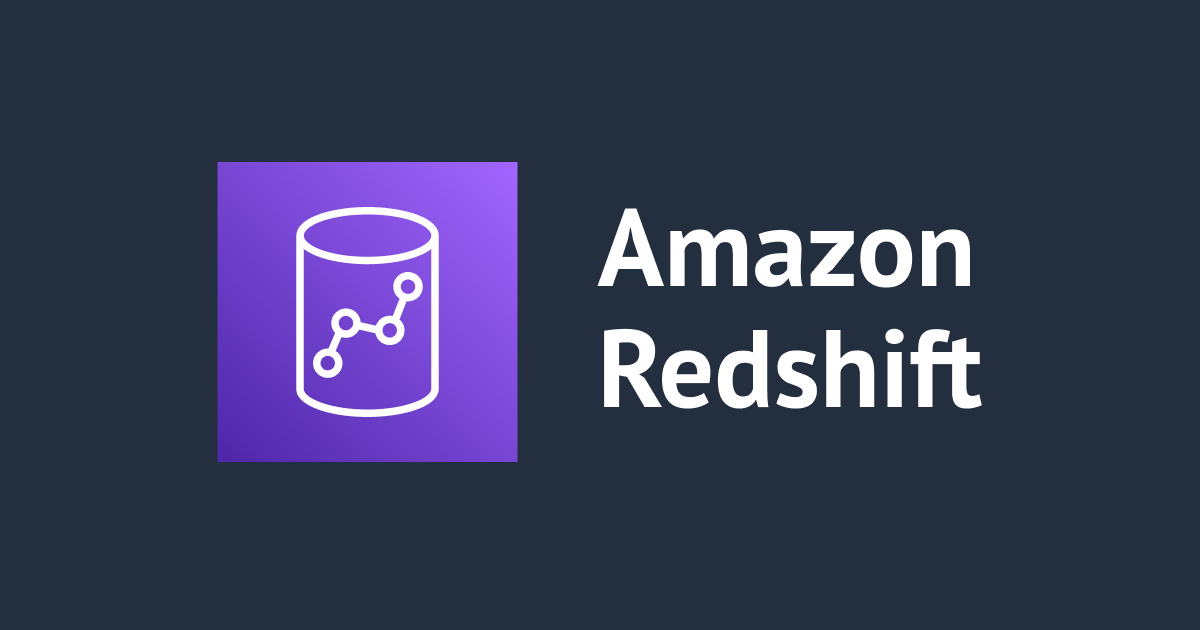グラフ型データベースAmazon Neptuneでレコメンデーション検索を試してみる(前編)
はじめに
サーバーレス開発部@大阪の岩田です。
私が勤務している大阪オフィスでは「CM大阪盛り上げる会」と題し、所属部署関係無しにいくつかのチームを組んで、大阪オフィス独自の取り組みに挑戦しています。 私は取り組みの中の1つである「データ分析部」に所属しており、「グラフ型データベースについて調査して、ブログにアウトプットする」という課題に取組んでいます。 本エントリが記念すべき活動第一弾になります!!
今回から2回に分けて、先日GAされたばかりのAmazon Neptune(以後Neptuneと表記します)を使用した、レコメンデーション検索を試してみたいと思います。 第一回の今回は、Neptuneの環境を構築し、簡単なクエリを発行するところまで実施してみたいと思います。
※後編へのリンクを追加しました
グラフ型データベースとは?
まずグラフ型データベースとは何でしょうか? AWSのユーザーガイドから引用します。
Neptune などのグラフデータベースは、リレーションシップを保存し、ナビゲートするために構築された専用のデータベースです。データ間の関係を作成し、これらの関係を迅速にクエリする必要があるとき、ソーシャルネットワーキング、推奨エンジン、また不正検出を含む特定のユースケースで、グラフデータベースにはリレーショナルデータベースより利点があります。
ユーザーガイドに記載されている通り、ノード間の関係を表現することに特化したデータベースで、製品によって多少呼び方は違いますが、
- ノード
- プロパティ
- リレーション
- ラベル
という要素を用いて、データ間の関連性を表現するデータベースです。
下記はApacheTinkerPOPのサイトから引用した画像です。
 ApacheTinkerPOPDocumentation
ApacheTinkerPOPDocumentation
それぞれ
- ノード:青い丸
- プロパティ:ノードやリレーションの付近に置かれている四角(name,age等)
- リレーション:矢印
- ラベル:ノードに書かれている説明文(personとかsoftware)
となります。
グラフ型データベースを使用することで、RDBの苦手な
- ソーシャルグラフの検索
- 木構造データの検索
- 経路検索
- レコメンデーション検索
といった処理が簡単に行えるそうです。 私は元々前職で物流に関わるような仕事もしていたので、経路検索が得意なグラフ型データベースには以前から興味を持っていました。
Neptuneとは?
AWSが提供する、フルマネージドのグラフ型データベースサービスです。 AWS公式ドキュメントの「よくある質問」には下記のように記載されています。
Amazon Neptune は高速で信頼性が高いフルマネージドグラフデータベースサービスであり、これを使用することで高度に接続されたデータセットと連携するアプリケーションの構築と実行が簡単になります。高度に接続されたデータの SQL クエリは複雑で、パフォーマンスの調整は困難です。代わりに、Amazon Neptune では、公開されている一般的なグラフクエリ言語を使用して、書き込みが容易で、接続されたデータをうまく処理する強力なクエリを実行できます。Neptune の中核となるのは、数十億の関係を保存し、ミリ秒単位のレイテンシーでグラフをクエリするために最適化された、専用の高性能グラフデータベースエンジンです。Neptune は、推奨エンジン、不正検出、知識グラフ、創薬、ネットワークセキュリティなどのグラフのユースケースに使用できます。Amazon Neptune はフルマネージドで、プロビジョニング、パッチ適用、バックアップ、復旧、障害検出、修復などの時間がかかる作業を処理します。使用する各 Amazon Neptune データベースインスタンスに対して単純な月額方式の料金が発生します。前払い費用や長期契約は必要ありません。
Neptuneの環境構築
それでは、早速Neptuneの環境を構築してみます!! 諸々の作業を簡略化するため、CloudFormationテンプレートを使用して環境を構築します。 ※試しに触ってみることが目的なので、セキュリティグループやIAMロールの設定は適当です。本番環境では利用しないで下さい。
なお、2018年6月現在でNeptuneは東京リージョンに対応していないため、以後は全てバージニアリージョンを使用します。
AWSTemplateFormatVersion: 2010-09-09
Description: Neptune Handson
Parameters:
KeyName:
Description: Name of an existing EC2 KeyPair to enable SSH access to the instance
Type: AWS::EC2::KeyPair::KeyName
ConstraintDescription: must be the name of an existing EC2 KeyPair.
SSHLocation:
Description: The IP address range that can be used to SSH to the EC2 instances
Type: String
MinLength: 9
MaxLength: 18
Default: 0.0.0.0/0
AllowedPattern: (\d{1,3})\.(\d{1,3})\.(\d{1,3})\.(\d{1,3})/(\d{1,2})
ConstraintDescription: must be a valid IP CIDR range of the form x.x.x.x/x.
Resources:
MyVPC:
Type: AWS::EC2::VPC
Properties:
CidrBlock: 10.0.0.0/24
EnableDnsSupport: 'true'
EnableDnsHostnames: 'true'
InstanceTenancy: default
PublicRouteTable:
Type: AWS::EC2::RouteTable
Properties:
VpcId: !Ref MyVPC
PrivateRouteTable:
Type: AWS::EC2::RouteTable
Properties:
VpcId: !Ref MyVPC
PublicSubnet:
Type: AWS::EC2::Subnet
Properties:
VpcId: !Ref MyVPC
CidrBlock: 10.0.0.0/27
AvailabilityZone: "us-east-1a"
MapPublicIpOnLaunch: true
PubSubnetARouteTableAssociation:
Type: AWS::EC2::SubnetRouteTableAssociation
Properties:
SubnetId: !Ref PublicSubnet
RouteTableId: !Ref PublicRouteTable
PrivateSubnetA:
Type: AWS::EC2::Subnet
Properties:
VpcId: !Ref MyVPC
CidrBlock: 10.0.0.32/27
AvailabilityZone: "us-east-1a"
PrivateSubnetB:
Type: AWS::EC2::Subnet
Properties:
VpcId: !Ref MyVPC
CidrBlock: 10.0.0.64/27
AvailabilityZone: "us-east-1b"
SubnetARouteTableAssociation:
Type: AWS::EC2::SubnetRouteTableAssociation
Properties:
SubnetId: !Ref PrivateSubnetA
RouteTableId: !Ref PrivateRouteTable
SubnetBRouteTableAssociation:
Type: AWS::EC2::SubnetRouteTableAssociation
Properties:
SubnetId: !Ref PrivateSubnetB
RouteTableId: !Ref PrivateRouteTable
InternetGateway:
Type: "AWS::EC2::InternetGateway"
AttachGateway:
Type: AWS::EC2::VPCGatewayAttachment
Properties:
VpcId: !Ref MyVPC
InternetGatewayId: !Ref InternetGateway
MyRoute:
Type: AWS::EC2::Route
DependsOn: InternetGateway
Properties:
RouteTableId: !Ref PublicRouteTable
DestinationCidrBlock: 0.0.0.0/0
GatewayId: !Ref InternetGateway
DBCluster:
Type: AWS::Neptune::DBCluster
Properties:
DBSubnetGroupName: !Ref DBSubnetGroup
VpcSecurityGroupIds:
- !GetAtt NeptuneSecurityGroup.GroupId
DBInstance:
Type: AWS::Neptune::DBInstance
Properties:
DBClusterIdentifier: !Ref DBCluster
DBInstanceClass: db.r4.large
DBSubnetGroupName: !Ref DBSubnetGroup
DBSubnetGroup:
Type: AWS::Neptune::DBSubnetGroup
Properties:
DBSubnetGroupDescription: Neptune DB Subnet Group
SubnetIds:
- !Ref PrivateSubnetA
- !Ref PrivateSubnetB
S3Bucket:
Type: AWS::S3::Bucket
S3Endpoint:
Type: AWS::EC2::VPCEndpoint
Properties:
PolicyDocument:
Version: 2012-10-17
Statement:
- Effect: Allow
Principal: "*"
Action:
- s3:*
Resource: "*"
RouteTableIds:
- !Ref PrivateRouteTable
ServiceName: !Join
- ''
- - com.amazonaws.
- !Ref AWS::Region
- .s3
VpcId: !Ref MyVPC
EC2Instance:
Type: AWS::EC2::Instance
Properties:
InstanceType: t2.micro
SecurityGroupIds:
- !Ref InstanceSecurityGroup
KeyName: !Ref KeyName
ImageId: ami-afd15ed0
IamInstanceProfile: !Ref EC2InstanceProfile
SubnetId: !Ref PublicSubnet
UserData: !Base64
Fn::Sub: |
#!/bin/bash -xe
yum install -y java-1.8.0-devel
wget https://archive.apache.org/dist/tinkerpop/3.3.1/apache-tinkerpop-gremlin-console-3.3.1-bin.zip -P /home/ec2-user
unzip /home/ec2-user/apache-tinkerpop-gremlin-console-3.3.1-bin.zip -d /home/ec2-user/
chown ec2-user:ec2-user -R /home/ec2-user/apache-tinkerpop-gremlin-console-3.3.1
EC2InstanceProfile:
Type: AWS::IAM::InstanceProfile
Properties:
Path: /
Roles:
- !Ref EC2InstanceRole
EC2InstanceRole:
Type: AWS::IAM::Role
Properties:
AssumeRolePolicyDocument:
Version: 2012-10-17
Statement:
-
Effect: Allow
Principal:
Service:
- ec2.amazonaws.com
Action:
- sts:AssumeRole
Path: /
EC2InstanceAllowS3:
Type: AWS::IAM::Policy
Properties:
PolicyName: AllowS3
PolicyDocument:
Version: 2012-10-17
Statement:
-
Effect: Allow
Action: s3:*
Resource: "*"
Roles:
- !Ref EC2InstanceRole
NeptuneRole:
Type: AWS::IAM::Role
Properties:
AssumeRolePolicyDocument:
Version: 2012-10-17
Statement:
-
Effect: Allow
Principal:
Service:
- rds.amazonaws.com
Action:
- sts:AssumeRole
Path: /
NeptuneAllowS3:
Type: AWS::IAM::Policy
Properties:
PolicyName: AllowS3
PolicyDocument:
Version: 2012-10-17
Statement:
-
Effect: Allow
Action: s3:*
Resource: "*"
Roles:
- !Ref NeptuneRole
NeptuneSecurityGroup:
Type: AWS::EC2::SecurityGroup
Properties:
GroupDescription: Allow Neptune Access From Private Subnet
VpcId: !Ref MyVPC
SecurityGroupIngress:
- IpProtocol: tcp
FromPort: 8182
ToPort: 8182
CidrIp: 0.0.0.0/0
InstanceSecurityGroup:
Type: AWS::EC2::SecurityGroup
Properties:
GroupDescription: Enable SSH access via port 22
VpcId: !Ref MyVPC
SecurityGroupIngress:
- IpProtocol: tcp
FromPort: 22
ToPort: 22
CidrIp: !Ref 'SSHLocation'
Outputs:
EC2PublicDNS:
Description: Public DNSName of the newly created EC2 instance
Value: !GetAtt EC2Instance.PublicDnsName
S3BucketName:
Description: S3Bucket
Value: !Ref S3Bucket
NeptuneEndPoint:
Description: Neptune EndPoint URL
Value: !GetAtt DBCluster.Endpoint
NeptuneRoleArn:
Description: Neptune Role Arn
Value: !GetAtt NeptuneRole.Arn
要点をいくつか説明します。
VPCの作成
NeptuneはVPC内に作成する必要があるため、Neptune用のVPCを作成しています。
Neptuneと同一VPC内にEC2を作成
2018年6月現在では、マネジメントコンソールからNeptuneへのクエリを発行するといったことはできません。 そのため、Neptuneの同一VPC内にEC2の環境を構築して、EC2からNeptuneに対してクエリを発行します。
Amazon Neptuneは
- Gremlin
- SPARQL
という2つのクエリエンジンを使用することができるのですが、今回はGremlinを使用して試してみます。 ユーザーデータの中でGremlin ConsoleというツールのDLを行なっています。
S3バケットとVPCエンドポイント作成
Neptuneへのデータロードには、VPCエンドポイント経由でアクセス可能なS3バケットが必要になります。 テンプレートの中でS3バケットの作成と、VPCエンドポイントの作成まで行います。
Neptuneに関連付けるIAMロールの作成
上記同様ですが、NeptuneからS3バケットにアクセスするためのIAMロールを作成し、NeptuneのDBクラスターにアタッチしておく必要があります。 現状IAMロールのアタッチがCloudFormationのテンプレートで対応できないようなので、IAMロールの作成までを行い、IAMロールのアタッチは後ほどAWS CLIから実施します。
Gremlin コンソールを使用して Neptune DB インスタンスに接続する
CloudFormationの実行が完了したら、実際にNeptune DBインスタンスに接続してクエリを発行してみます。
まずはCloudFormationで作成したEC2インスタンスにSSH接続します。
EC2のユーザーデータでインストールしたGremlin Consoleのディレクトリ(/home/ec2-user/apache-tinkerpop-gremlin-console-3.3.1/)まで移動し、conf/remote.yamlというファイルを編集、接続先を構築したNeptuneのエンドポイントに書き換えます。
※NeptuneのエンドポイントはCloudFormationのOutputを参照して下さい。
#...略
##############################################################
# This configuration is meant to have Gremlin Server return
# text serialized objects. The server will toString()
# results giving a view into how scripts are executing.
#
# This file will work with:
# - gremlin-server.yaml
# - gremlin-server-classic.yaml
# - gremlin-server-modern.yaml
# - gremlin-server-modern-readonly.yaml
##############################################################
hosts: [dbcluster-xxxxxxx.cluster-xxxxxx.us-east-1.neptune.amazonaws.com]
port: 8182
serializer: { className: org.apache.tinkerpop.gremlin.driver.ser.GryoMessageSerializerV3d0, config: { serializeResultToString: true }}
次にbin/gremlin.shを実行し、Gremlin Consoleを起動します。
[ec2-user@ip-10-0-0-8 apache-tinkerpop-gremlin-console-3.3.1]$ bin/gremlin.sh
\,,,/
(o o)
-----oOOo-(3)-oOOo-----
plugin activated: tinkerpop.server
plugin activated: tinkerpop.utilities
plugin activated: tinkerpop.tinkergraph
gremlin>
Gremlin Consoleを起動したら
:remote connect tinkerpop.server conf/remote.yaml、
:remote console
と入力し、接続先をNeptuneに向けます。
gremlin> :remote connect tinkerpop.server conf/remote.yaml ==>Configured dbcluster-xxxxxx.cluster-xxxxxx.us-east-1.neptune.amazonaws.com/10.0.0.89:8182 gremlin> :remote console ==>All scripts will now be sent to Gremlin Server - [dbcluster-xxxxxx.cluster-xxxxxx.us-east-1.neptune.amazonaws.com/10.0.0.89:8182] - type ':remote console' to return to local mode gremlin>
これで準備OKです! 実際にNeptuneにデータを登録し、クエリを発行してみます。
gremlin> g.addV('person').property('name', 'justin')
==>v[28b1f637-2d2d-10a6-9122-67807e7c2737]
gremlin> g.V().hasLabel('person')
==>v[28b1f637-2d2d-10a6-9122-67807e7c2737]
簡単な内容ですが、 nameというプロパティがjustinのノードを追加した後、personというラベルを持つノードを検索しています。 無事にクエリが実行できました!!
まとめ
いかがだったでしょうか? まだGAされたばかりで情報が少ないですが、非常に面白いサービスだと感じました。 今のうちにたくさん触り倒して、グラフ型データベースやNeptuneに関する知識をしっかり身につけておきたいと思います。 次回はNeptuneにデータをロードし、レコメンデーション検索を実行してみたいと思います。





![[レポート]AWSでデータメッシュアーキテクチャを構築する#ANT336 #reinvent](https://devio2023-media.developers.io/wp-content/uploads/2022/11/eyecatch_reinvent2022_session-report.png)


